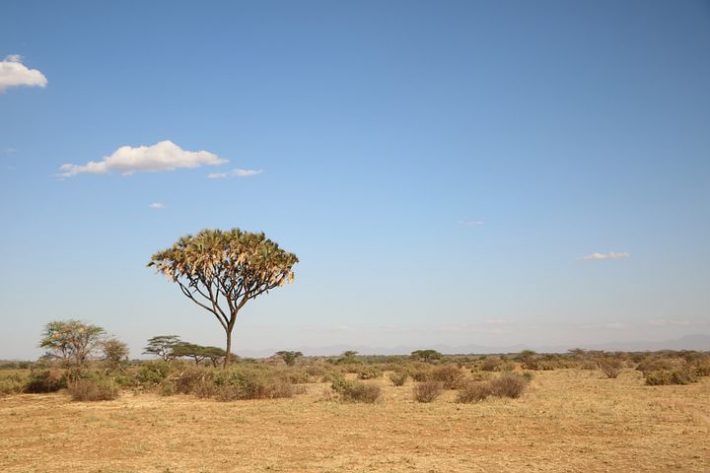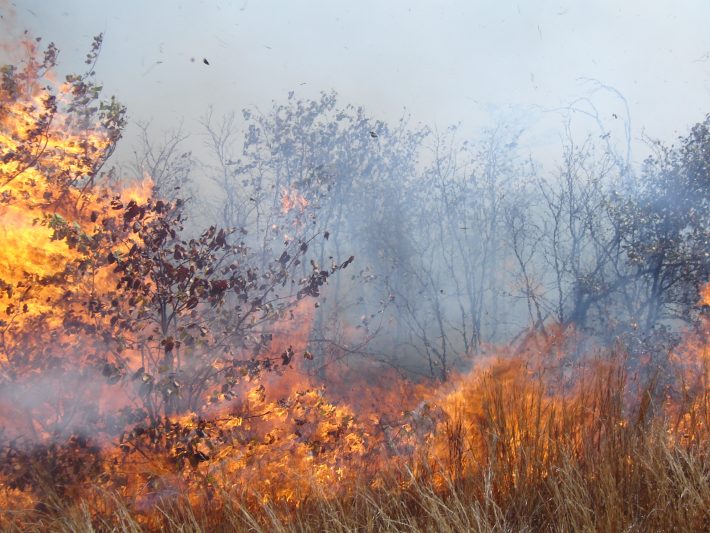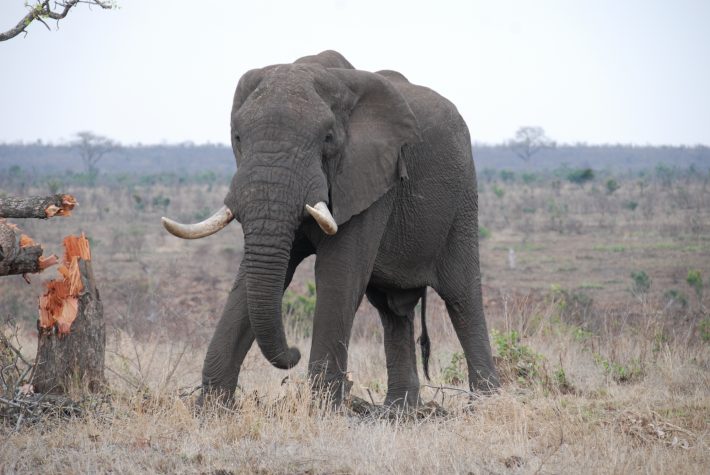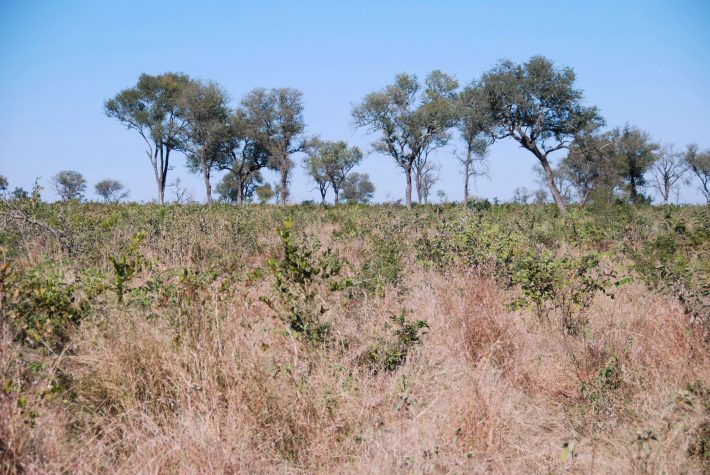High-intensity fires do not reverse bush encroachment in new long term study
Stellenbosch University and South African National Parks Press Release
A new decade long study from South African National Parks examines the usefulness of high-intensity fires to prevent bush encroachment in the long term and introduces a new approach to tackling the issue.

Until now, most papers that advocate for the use of high-intensity fires have been based on short term observations. However, a new, decade long experiment published in the Journal of Applied Ecology, has revealed that using high-intensity fires to control bush encroachment in the African savanna does not produce meaningful encroachment reversal.
Bush encroachment, a process where the density of smaller trees and shrubs increase, is taking place across the world. This is worrying as increased bush cover results in less grass available for animals that eat or use grass as their habitat.
In 2010 and again in 2013, adjacent sites in Kruger National Park (South Africa) were burned using low, medium and high intensity fires. The objective was to examine whether high-intensity fires can be used to reduce bush encroachment.

Bush cover did indeed significantly reduce after these fires, however the study produced at the time cautioned that the long term efficiency of the fires still needed to be studied. Scientists from South African National Parks collaborated with Harvard University and the Centre for Invasion Biology at Stellenbosch University to compare the data found in 2010 with their own ground surveys and remote sensing data produced in 2020.
The scientists found that the reduced bush cover from 2010 was not maintained after 10 years. This suggests that differences in fire intensity did not have a long term effect on bush encroachment. Alongside this, an alarming discovery was made that trees taller than 10 metres had declined by 65% across the experimental sites, regardless of fire intensity.
Tercia Strydom, first author of the paper, explained “Tall trees have thick bark that protects them from savanna fires, but when elephants eat the bark, their inner wood becomes exposed and dries out. This makes them burn easier during a fire.”

The paper highlights the value of long-term monitoring to establish the real outcome of an experiment, as opposed to short term monitoring which can often jump to conclusions too early. For this reason, the park continues to follow a strategic adaptive management approach, in which local context is paramount.
Dr Izak Smit, co author of the study, said “The best available knowledge needs to be gathered from the literature, and based on that, a careful evaluation must inform what management actions should be implemented.”
On a global scale, intercontinental or even intracontinental generalisations regarding the best management for bush encroachment remain elusive. This study may not be applicable to other parts of southern Africa due to differences in rainfall, elephant density, soil type and other factors.

Kruger National Park is now exploring the potential of early wet or dry season fires as an alternative to high-intensity fires to manage bush encroachment. When species are dormant during the dry season, they move their resources to their roots. If the fire consumes the above-ground parts during this season, the plant can use the root resources to sprout again.
Dr Smit elaborated “The trick is therefore to burn fires when the bush species are in their more vulnerable sprouted phase as the damage is more costly to the plant. Spring can provide a window where the grass is dry enough to burn and the bush species have already sprouted, thus being more susceptible to fire.”
In the end, one must understand the local (fire, grazing, etc) and global drivers of change (such as elevated carbon dioxide) and how they interact together in order to discover how different management tactics can improve the situation.
The full paper can be read here for free, for a limited time:
https://besjournals.onlinelibrary.wiley.com/doi/10.1111/1365-2664.14362
Like what we stand for?
Support our mission and help develop the next generation of ecologists by donating to the British Ecological Society.